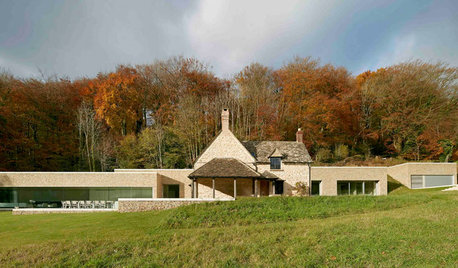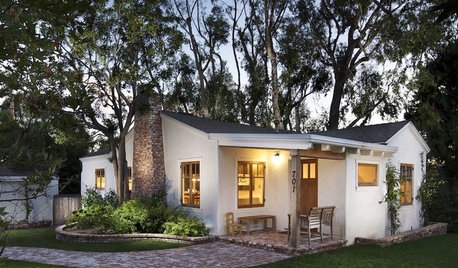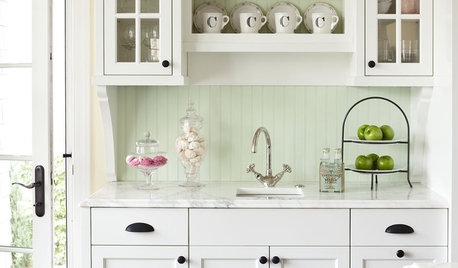Issues with Al's 5-1-1 mix
corkboard
10 years ago
Related Stories

COLORColor Commitment Issues? Just Throw In a Pillow
You don't need to go big or permanent to go bold with color in your rooms; you only need to master the easy art of the toss
Full Story
You Said It: Hot-Button Issues Fired Up the Comments This Week
Dust, window coverings, contemporary designs and more are inspiring lively conversations on Houzz
Full Story
REMODELING GUIDESOld and New Make for a Jolly Good Mix in England
Give an 18th-century country cottage a contemporary addition, and what do you get? A surprisingly cohesive-looking home
Full Story
HOUZZ TOURS13 Character-Filled Homes Between 1,000 and 1,500 Square Feet
See how homeowners have channeled their creativity into homes that are bright, inviting and one of a kind
Full Story
MOVING5 Risks in Buying a Short-Sale Home — and How to Handle Them
Don’t let the lure of a great deal blind you to the hidden costs and issues in snagging a short-sale property
Full Story
KITCHEN DESIGNHow to Mix Metal Finishes in the Kitchen
Leave matchy-matchy to the catalogs and let your kitchen's personality shine with a mix of metals for hardware and fixtures
Full Story
KITCHEN DESIGNNew This Week: 2 Kitchens That Show How to Mix Materials
See how these kitchens combine textures, colors and materials into a harmonious whole
Full Story
ACCESSORIESFinish Your Look With a Fun Mix of Textiles
Why box yourself into a design corner when you can spread out ever-changing throws, rugs and even bags?
Full Story
PATTERNMix Pillow Patterns Like a Pro: 17 Foolproof Themes
Toss together one of these helpful pattern mixes for a sofa, chair or bed bursting with liveliness
Full Story
DECORATING GUIDESRoom of the Day: A Fresh Mix in a Traditional Colonial
A designer combines rich colors and fabrics with lighter pieces in a living room that's the heart of a North Carolina home
Full StorySponsored
Central Ohio's Trusted Home Remodeler Specializing in Kitchens & Baths
More Discussions









corkboardOriginal Author
Ohiofem 6a/5b Southwest Ohio
Related Professionals
Paterson Landscape Contractors · Red Oak Landscape Contractors · Lockhart Solar Energy Systems · Brockton Solar Energy Systems · Chanhassen Solar Energy Systems · Ocean Pines Window Contractors · Pedley Window Contractors · Vero Beach Window Contractors · Linthicum Window Contractors · American Fork Fence Contractors · Citrus Heights Fence Contractors · Hawaiian Gardens Fence Contractors · Lake Jackson Fence Contractors · Ponte Vedra Beach Fence Contractors · Windsor Fence Contractorsfireduck
Ohiofem 6a/5b Southwest Ohio
bitzppa
fireduck
Ohiofem 6a/5b Southwest Ohio
bitzppa
greenman28 NorCal 7b/8a
corkboardOriginal Author
greenman28 NorCal 7b/8a
corkboardOriginal Author
naturemitch
bitzppa
chilliwin
Ohiofem 6a/5b Southwest Ohio
Ernie
chilliwin
Ernie
greenman28 NorCal 7b/8a
Ernie
Ohiofem 6a/5b Southwest Ohio
chilliwin
sharonrossy
bitzppa
hairmetal4ever
Ohiofem 6a/5b Southwest Ohio
drew51 SE MI Z5b/6a
seysonn